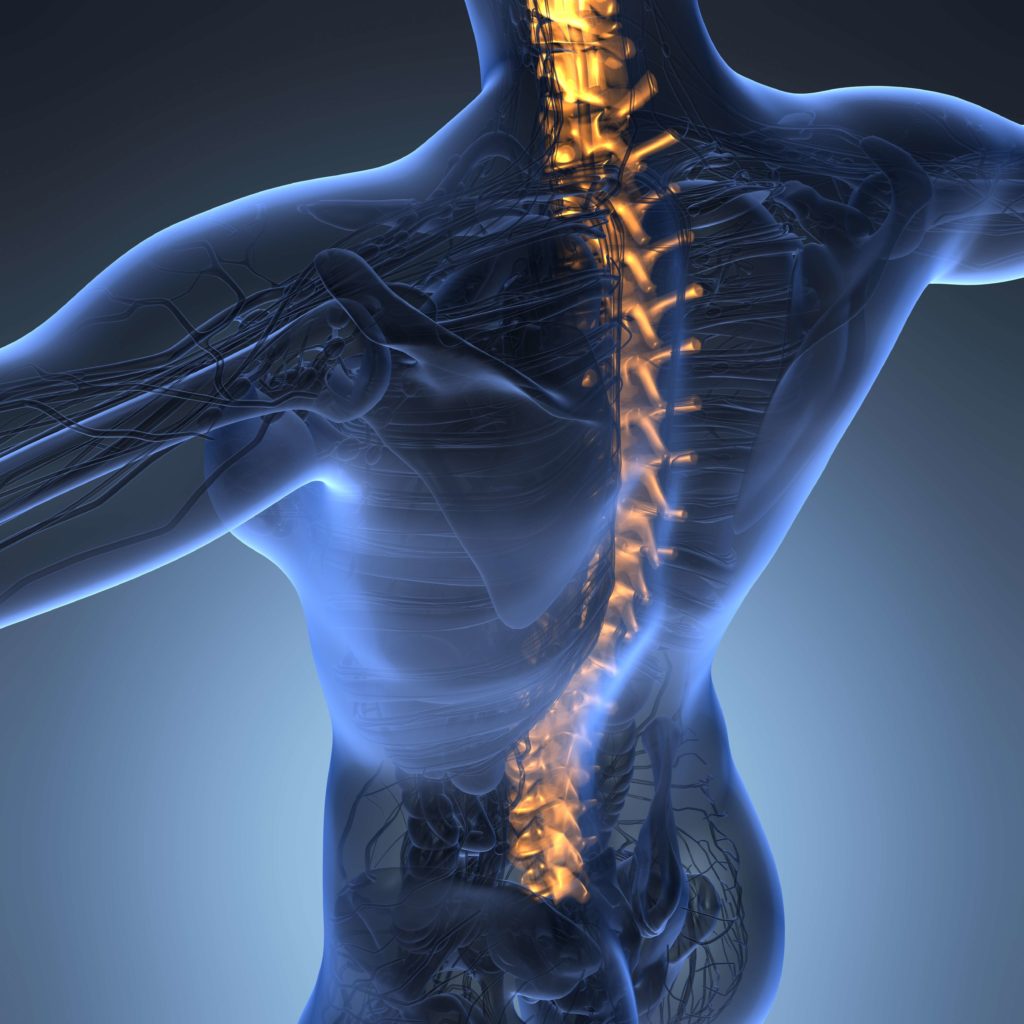Spondylolisthesis

Spondylolisthesis is a spinal condition characterized by the forward slippage of one vertebra over the one beneath it, most commonly occurring in the lower back (lumbar spine). The name is derived from the Greek words 'spondylos' (vertebra) and 'olisthesis' (to slip). This slippage can lead to spinal instability, causing pain and narrowing of the spinal canal, which can compress the spinal cord or nerve roots. The condition ranges in severity from completely asymptomatic to severely debilitating, and the appropriate treatment depends on the cause of the slip, its severity, and the patient's symptoms.
The two most common types of spondylolisthesis are Isthmic, caused by a stress fracture in young athletes, and Degenerative, resulting from age-related arthritis in older adults. The severity of the vertebral slip is graded from I (mild) to V (complete), with most cases being low-grade. While many low-grade slips cause no symptoms, they can lead to lower back pain, tight hamstrings, and sciatica-like leg pain with numbness or weakness due to nerve compression.
A diagnosis of spondylolisthesis is confirmed with imaging. An X-ray shows the vertebral slip, a CT scan can detail any bone fractures, and an MRI is used to assess nerve compression. The vast majority of cases are treated non-surgically with physical therapy, activity modification, and pain management, sometimes including epidural steroid injections. Surgery, such as a spinal decompression and fusion, is reserved only for severe or progressive slips with significant nerve symptoms that do not respond to conservative care.

The prognosis for most individuals with spondylolisthesis is excellent. Low-grade slips often respond very well to a dedicated physical therapy program and activity modification, allowing patients to live active, pain-free lives. For the small percentage of patients who require surgery, modern fusion techniques are highly effective at stabilizing the spine, relieving nerve pain, and restoring function.